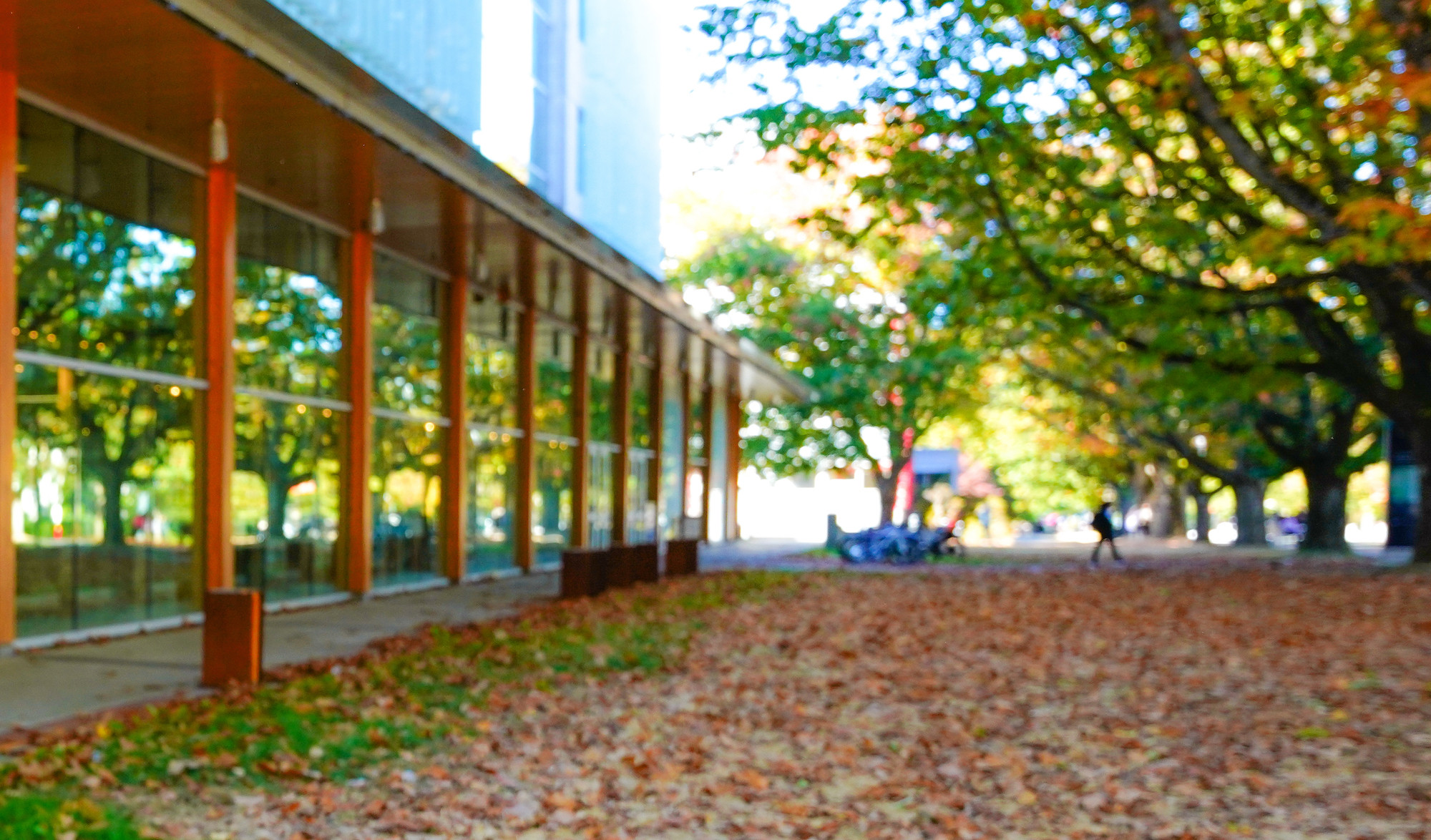Research
Debris flows are among the most hazardous natural phenomena, characterized by their rapid and destructive nature. Historically, societies relied on local knowledge to manage debris-flow hazards, avoiding vulnerable areas that frequently experienced these events. However, population growth and development pressures have made this approach less viable. Early-warning systems have emerged as a crucial tool for managing debris-flow risks. These systems rely on predictive criteria, primarily rainfall thresholds derived from historical data and debris-flow inventories. Previous research has explored various triggering criteria for debris flows, including factors such as rainfall intensity, duration, and antecedent conditions. However, challenges remain in accurately predicting debris flows, as not all rainstorms exceeding proposed thresholds result in actual events, leading to a high rate of false alarms and potential desensitization to hazard warnings. This thesis aims to refine debris flow early-warning systems by addressing the uncertainties that contribute to false alarms. Through my thesis, I aim to refine debris-flow early-warning systems by addressing the uncertainties that contribute to these false alarms. My central hypothesis is that three main sources of uncertainty play a role: the temporal resolution of debris-flow inventories, the spatial resolution of weather data, and selection bias in meteorological parameters.
Teaching
EOSC 210 · Earth Science for Engineers
Biography
Present: Ph.D. Student in Geological Engineering, Department of Earth, Ocean and Atmospheric Sciences, University of British Columbia, Vancouver, BC, Canada
2017-2021: Senior Geophysical Field Technician at Xradar BC Inc, Burnaby, BC
2013-2017: M.Sci. in Geophysics, University of Southampton, UK.
2015-2016: Study abroad in Bergen, Norway.
